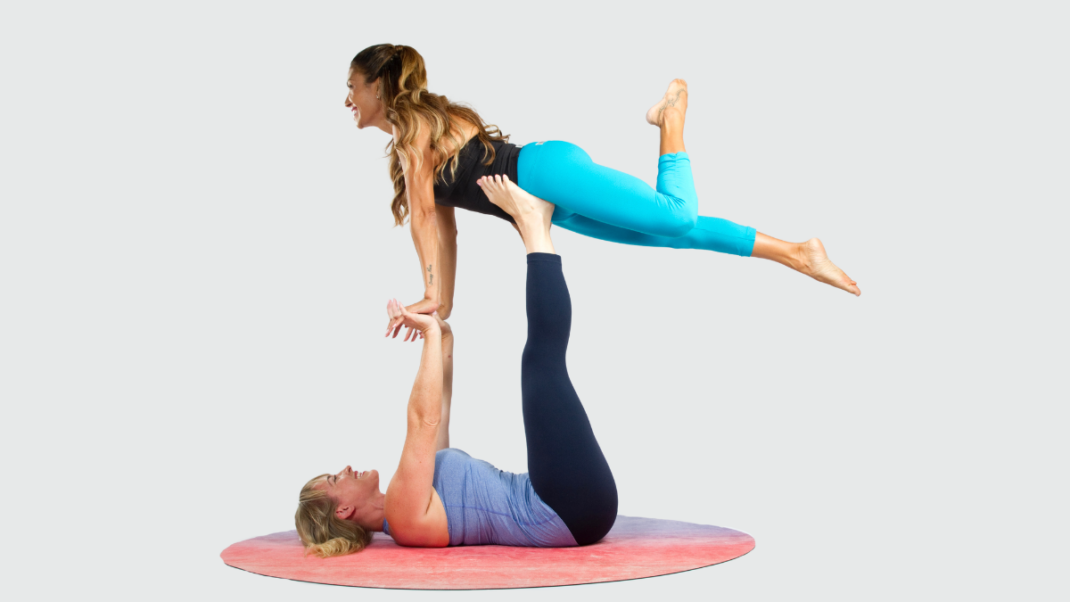Circuit for Short Attention Spans
Reach children by teaching classes they relate to.
A circuit-style format is very effective with kids. They can always look ahead to the next station to remind themselves what comes next, and if they don’t like a particular station they know it’s over in a minute. This will keep their attention and focus on the task at hand. By having activities that switch every minute, the class is quicker than a music video and almost as fast as the Internet!
Class: Core Circuit
Age Group: 9 to 14 years old
Equipment:Have approximately 15 stations that focus on balance, power, strength and agility. Equipment could include brightly colored stability balls, resistance tubing, Bongo boards, medicine balls and boxing equipment. The key is to present a fun challenge.
Music: Use the music as a cue. The activity starts when the music starts and stops when the music stops. This will save your voice in a room bigger than an aerobics studio. (You’ll rarely have a microphone.) Another note on music: Choose CDs that are hip and current, but be sure there are no profanities.
Introduction: 5 to 10 minutes
- Ask the students what sports they are into and explain how the circuit can help their performance. For example, explain how core stability will improve their basketball game, snowboarding, skateboarding, weight lifting, football, etc.
- Read the class’s reaction to what you say. Also think before you speak: Mentioning snowboarding in a school with a low socioeconomic status probably won’t work in your favor.
- If the children are being rowdy, separate them into groups and have them sit in lines, or squads. This will ensure that each student has fewer people to talk to.
- Explain circuit-style workouts and how the rotations work. Don’t forget to review safety features!
- Focus on how “helper” stations should encourage the rest of the group. Either a student or a teacher’s assistant rotates from station to station to provide support and encouragement.
- Tell the children that if they see a friend struggling, they should try to help, not make fun. Stress that bullying is not tolerated on any level.
- Always talk to the students as a group. Have them in front of you at the beginning, and then if you are giving more instructions later, ask them to sit down where they are. Otherwise, balls will bounce, people will jump around and the distraction factor will move up a notch.
Warm-Up: 5 to 10 minutes. Jump ropes are popular for warming up. Whatever you decide to use, be sure to keep changing it a little bit. Even if you go back to activities you have already done, mix things up every 20 to 30 seconds. Remember, MTV keeps kids’ attention by using this same technique.
Primary Activity: 30 to 40 minutes
- Break the students into groups of four or five and allow a minute or so for all the switching to occur.
- Be quick to place those students without an obvious place to go into a group.
- Give each group a distinct place to go. (“Once you have your group, line up on the black line.”)
- After breaking the students into groups and placing them at the different stations, remind them what their exercise is and start the music.
- After 1 minute, stop the music and allow 30 seconds for groups to move clockwise to their next stations. Stick to this time count, but also keep it fun.
Stretch and Cool-Down: 3 to 5 minutes. When the music stops, instruct the students to gather in one large group for the cool-down. Focus on stretching the body parts used in class.
Conclusion:
- Congratulate class and allow time for questions (can be done while stretching).
- Remind students that they can find this type of class at most city facilities and at private health clubs almost anywhere.
- Often, students will want to help you pack up the gear. Encourage this, because they tend to ask more questions while they’re helping, and you’ll get a chance to tell them they have a choice when it comes to healthy living.
Before you teach a kids’ class, make sure you have the proper youth fitness insurance. Personal group fitness instructor liability insurance will not cover you for teaching minors. (Editor’s Note: IDEA members are covered by Fitness and Wellness Insurance Agency [formerly Murria and Frick Insurance]. For more information, call 800-395-8075 or apply online: www.ideafit.com/fitness-insurance.)





